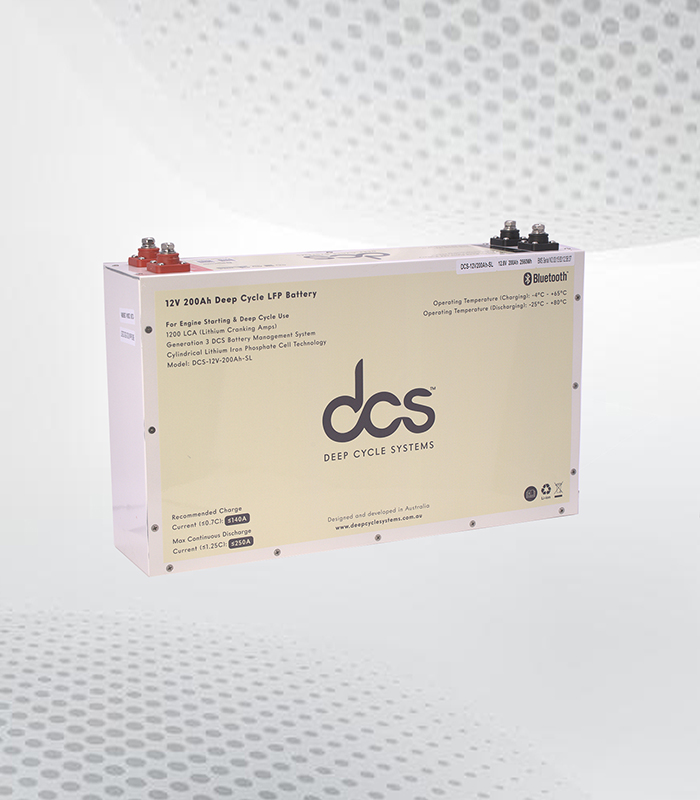Self-healing ceramic coatings have revolutionized surface protection technology, offering unprecedented durability and longevity to various materials. However, their performance can be significantly influenced by environmental factors, particularly weather conditions. This blog post delves into the intricate relationship between weather and self healing ceramic coatings, exploring how different climatic elements impact their functionality and effectiveness.
Understanding Self-Healing Ceramic Coatings
Definition and Functionality
Self-healing ceramic coatings are advanced surface treatments designed to automatically repair minor damage without external intervention. These coatings consist of ceramic particles suspended in a polymer matrix, creating a durable and protective layer on various substrates. The self-healing property allows the coating to mend scratches, chips, and other minor imperfections, maintaining the surface’s integrity and appearance over time.
Key Components and Mechanisms
The self-healing process in ceramic coatings typically involves:
- Ceramic nanoparticles: These provide hardness and scratch resistance.
- Polymer matrix: Acts as a binder and facilitates the healing process.
- Microcapsules: Contain healing agents that are released upon damage.
- Catalyst: Initiates and accelerates the healing reaction.
When damage occurs, the microcapsules rupture, releasing the healing agents. These agents react with the catalyst and surrounding air, forming new polymer chains that fill the damaged area.
Factors Influencing Self-Healing Abilities
Several factors can affect the performance of self-healing ceramic coatings:
- Coating composition
- Substrate material
- Extent of damage
- Environmental conditions
Among these, environmental conditions, particularly weather, play a crucial role in determining the efficiency and effectiveness of the self-healing process.
Weather Conditions
Temperature Variations
Temperature fluctuations can significantly impact the self-healing capabilities of ceramic coatings. Extreme heat or cold can alter the viscosity of the healing agents and affect the rate of chemical reactions necessary for repair.
Humidity Levels
Moisture content in the air can influence the curing process of the healing agents. High humidity may accelerate certain healing reactions, while low humidity might impede them.
How Weather Conditions Affect Self-Healing
Extreme Temperatures
High Temperatures:
- Accelerate chemical reactions, potentially speeding up the healing process.
- May cause premature curing of healing agents, reducing their long-term effectiveness.
- Can lead to thermal expansion, affecting the coating’s adhesion to the substrate.
Low Temperatures:
- Slow down chemical reactions, prolonging the healing process.
- May cause the polymer matrix to become brittle, increasing the risk of further damage.
- Can lead to condensation, potentially interfering with the healing mechanism.
High Humidity Environments
Elevated moisture levels can:
- Enhance the hydrolysis of certain healing agents, promoting faster repair.
- Increase the risk of corrosion in underlying metal substrates.
- Affect the adhesion of the coating to the substrate over time.
Effects of UV Exposure
Ultraviolet radiation from sunlight can:
- Degrade the polymer matrix, potentially compromising the coating’s integrity.
- Alter the chemical structure of healing agents, affecting their efficacy.
- Accelerate the aging process of the coating, reducing its overall lifespan.
Strategies to Optimize Self-Healing in Different Weather Conditions
Adjusting Formulation for Climate Variations
Manufacturers of self-healing ceramic coatings can tailor their formulations to suit specific climatic conditions:
- For hot climates:
- Incorporate heat-resistant polymers
- Use UV stabilizers to protect against sun damage
- Adjust the viscosity of healing agents for optimal flow at high temperatures
- For cold climates:
- Include anti-freeze components in the healing agents
- Use flexible polymers to prevent brittleness
- Incorporate moisture-resistant additives to combat condensation issues
Protective Coating Layers
Additional protective layers can be applied over self-healing ceramic coatings to enhance their weather resistance:
- UV-resistant clear coats
- Hydrophobic top layers to repel moisture
- Thermal barrier coatings for extreme temperature environments
Maintenance Practices
Proper maintenance can significantly extend the life and effectiveness of self-healing ceramic coatings in various weather conditions:
- Regular cleaning to remove contaminants that may interfere with the healing process
- Periodic inspections to identify and address any major damage beyond the coating’s self-healing capabilities
- Application of compatible sealants or boosters in harsh environments
Conclusion
Self-healing ceramic coatings represent a significant advancement in surface protection technology. However, their performance is intrinsically linked to environmental factors, particularly weather conditions. Understanding these interactions is crucial for optimizing coating formulations and application strategies.
As research progresses, we can expect to see increasingly sophisticated self-healing ceramic coatings that are better equipped to handle diverse and challenging weather conditions. This will lead to more durable, long-lasting, and efficient surface protection solutions across various industries.




